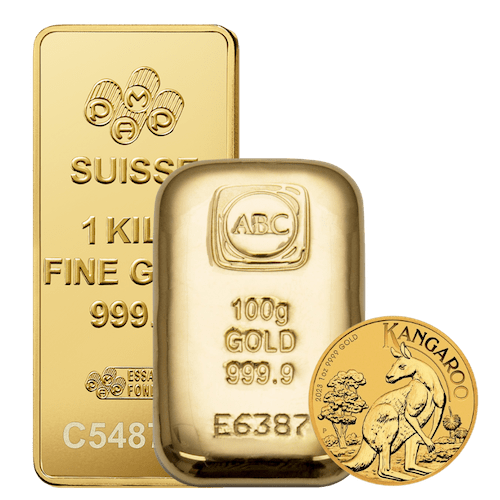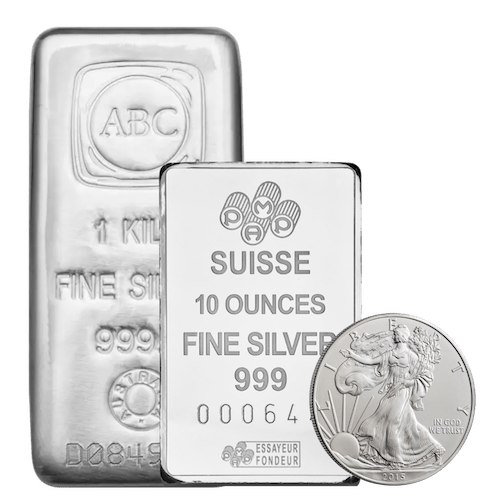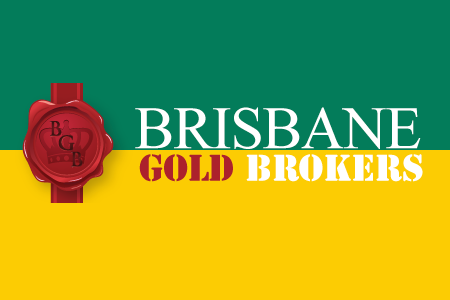Due to the falling commodity prices and trade, Australia’s Reserve Bank moved Australia’s interest rate down to 2 percent earlier this month. Occasionally some of our clients ask us around an interest rate change how it affects the price of gold and if so, how to maximise the return.
Valuing gold is actually quite complicated and the most difficult compared to other commodities. Some experts have often said there is usually a pattern between interest rates and gold prices, however, people should not use that pattern or similarity as a guide due to the complex nature of gold values!
Some factors that can affect the price of gold include:
– The Australian dollar, which is affected by factors such as labour, manufacturing, inflation, consumer and business confidence and many other factors.
– Unemployment. One of the most important parts of the Australian economy is employment. Looking at trends overseas, the gold price has typically gone up when employment levels have gone down. This has not always been the case (especially Australia), however the data is an important sign of how the economy is performing.
– News, events, disasters. Major events such as disasters, even changes in government can have an affect on the price of gold. Tensions between countries also have affects.
– Deflation, inflation. Strong inflation usually means strong economic growth and the Reserve Bank may increase the interest rate to slow it down a little bit. Does this effect the price of gold, its another factor, so yes.
– Financial crisis. After the 2008 financial crisis, the price of gold grew a lot in various countries, including Australia. Why did the price increase so much? There are many factors, including the above!
At Brisbane Gold Brokers, we always follow the latest gold prices using a combination of industry-leading sources, our experienced gold economists and our innovative, proprietary system. When you see our gold price board on our homepage, you are seeing the most up to date gold prices in Australia! Our backend system works around the clock to ensure our website only displays the most accurate information possible.




